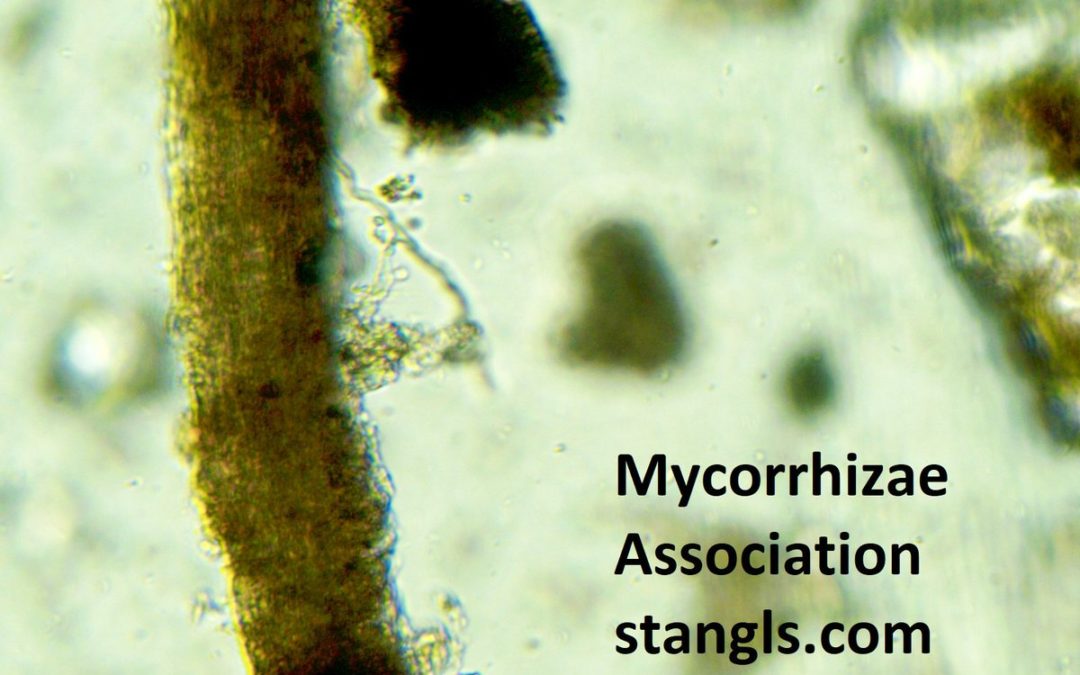Nature is an intricate web of interdependent parts, and soil health is a crucial part of this web. In order for a lawn to be truly healthy, it must be seen as a part of the larger ecosystem, rather than as a separate entity. Weeds, for example, are not simply a nuisance to be eliminated, but rather an important part of the soil’s ecosystem that helps to regenerate and balance the soil.
One of the biggest misconceptions about lawn care is that N-P-K (nitrogen, phosphorus, and potassium) fertilizers are the key to a healthy lawn. However, this approach is not sustainable and can actually harm the soil’s health. Fertilizers only address a small portion of the 89 elements that are necessary for soil health, and they also compact the soil, restrict air and water infiltration, and weaken plant health.
The chemical lawn care industry perpetuates the belief that fertilizers and sprays are necessary, but the truth is that nature already has a system in place for maintaining balance and health. For example, dandelions are often seen as weeds, but they are actually mycorrhizal plants that can help break up compaction and mine for calcium and phosphorus, which are essential for soil health. Once the dandelion dies, its root becomes organic matter that supports higher successional plants such as grass and shrubs.
At Stangl’s, we believe in a more holistic approach to lawn care that recognizes the interconnectedness of all parts of the ecosystem. Our Safe Lawn Process is based on regenerative principles that work with nature, rather than against it. We use all-natural, chemical-free methods to enhance soil health and increase the natural life within the soil. This not only leads to a healthier lawn, but also helps to mitigate the effects of climate change by storing
